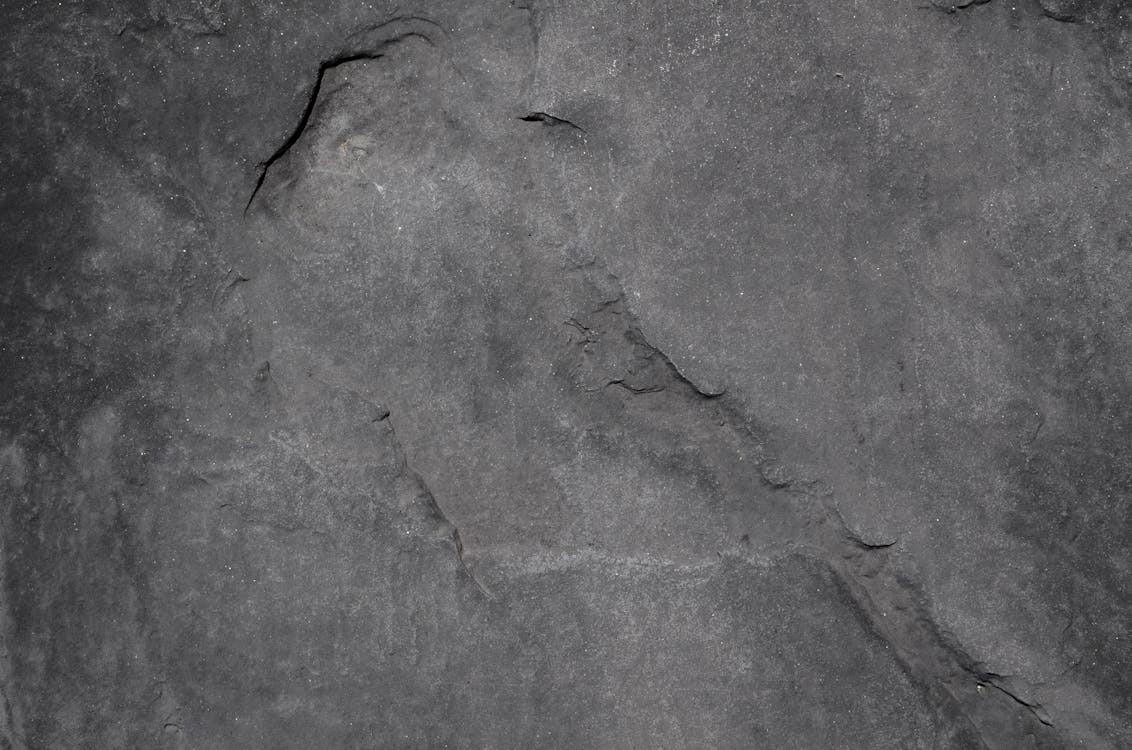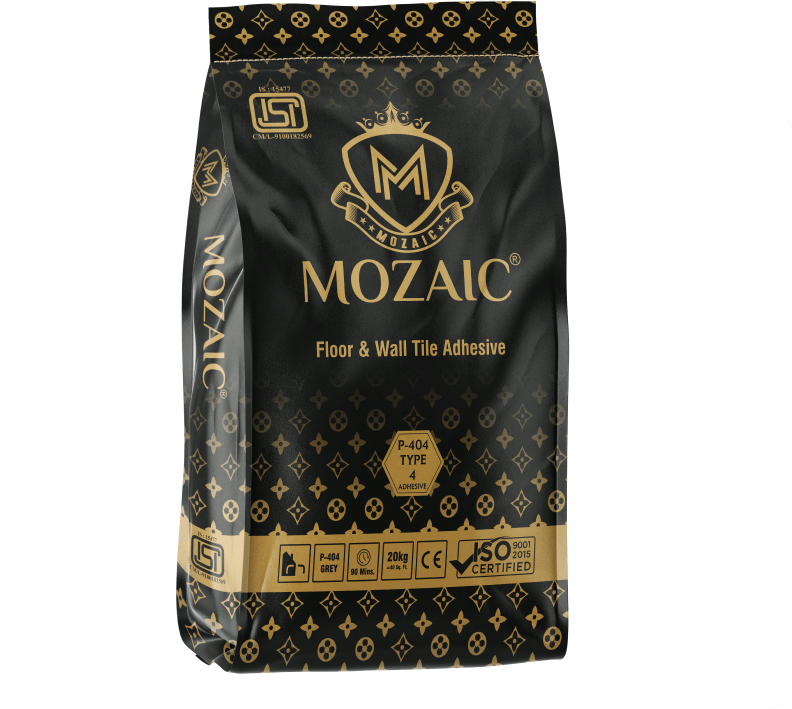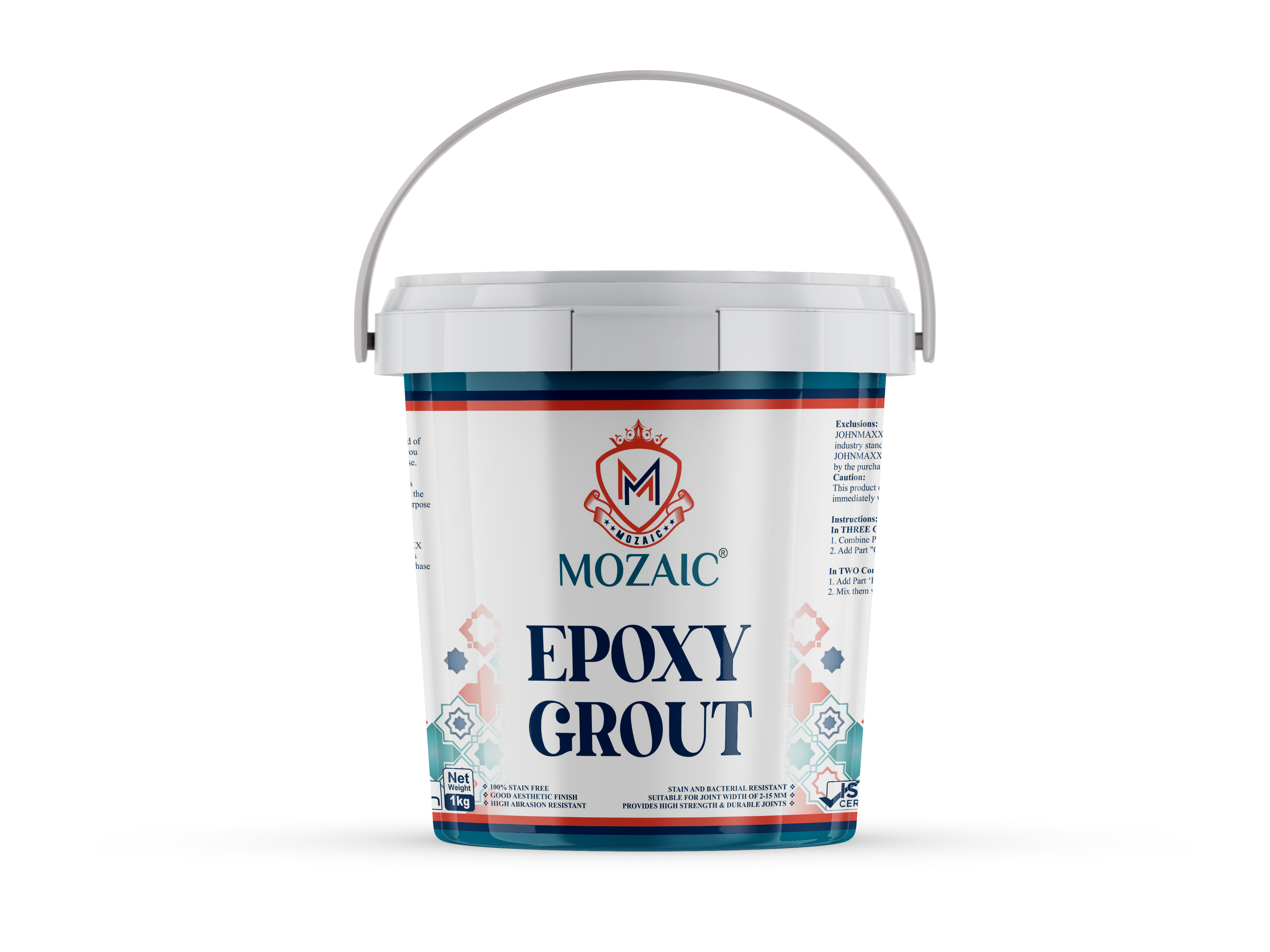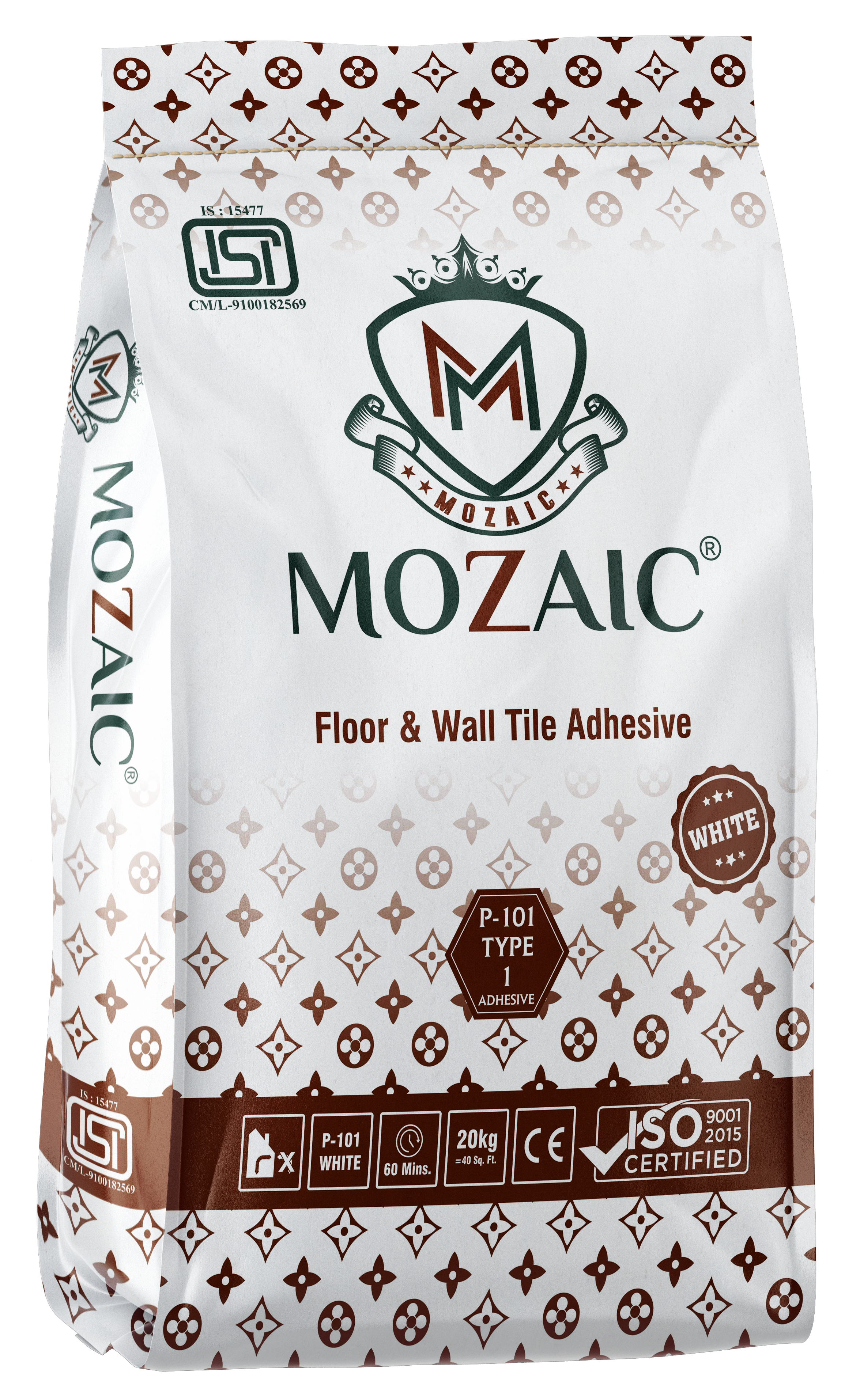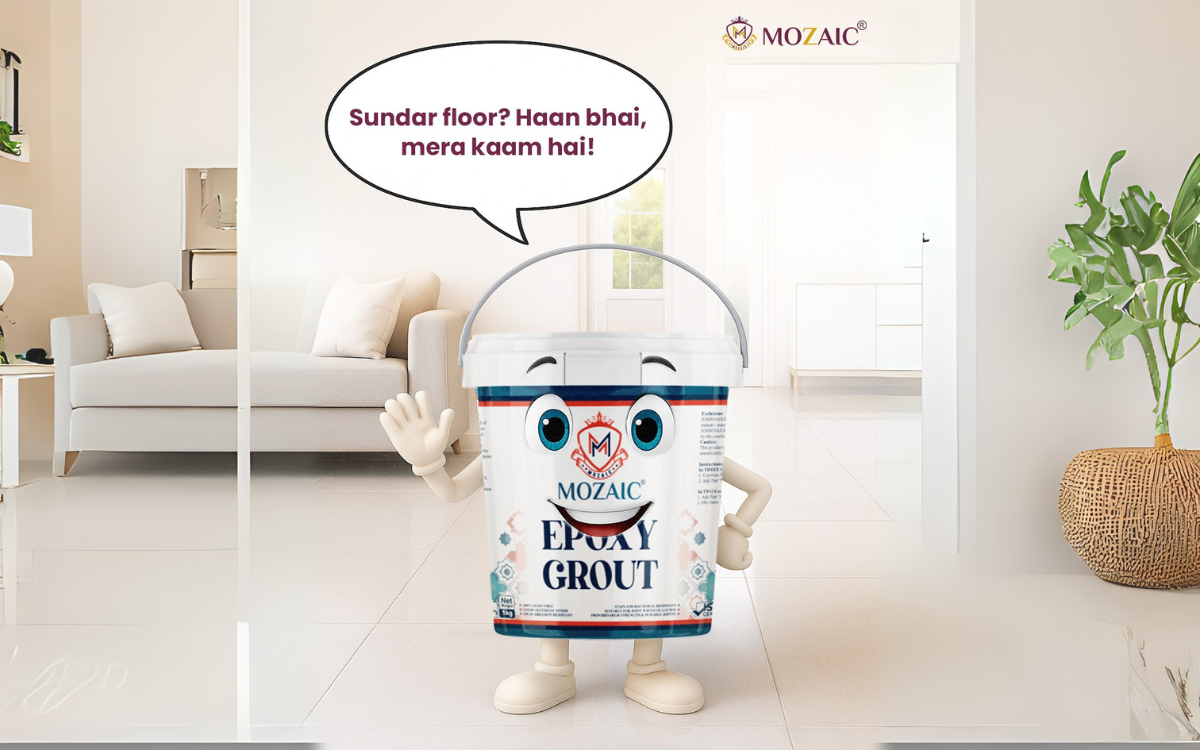When it comes to attaining a faultless indoor paint job, wall putty is an unsung hero. This flexible compound plays a critical role in making ready-to-paint walls, ensuring a clean and even floor that enhances the overall look of your dwelling space. In this comprehensive guide, we’ll explore the ins and outs of wall putty, from its significance to utility techniques and pleasant practices.
What is wall putty?
Wall putty, additionally referred to as wall filler or spackling paste, is a thick, paste-like substance used to fill small holes, cracks, and imperfections in partitions earlier than painting. It’s usually crafted from a mixture of binders, fillers, and additives that create a durable and sandable floor as soon as they dry. Wall putty comes in diverse formulations, along with ready-to-use alternatives and powders that require blending with water.
Why is wall putty important?
- Smooth Surface: Wall putty helps create a uniform surface by means of filling in minor imperfections, ensuring that your paint activity seems professional and ideal.
- Better Paint Adhesion: A properly puttied surface offers better adhesion for paint, resulting in a longer-lasting finish.
- Reduced Paint Consumption: By filling in pores and small cracks, wall putty can lessen the amount of paint needed for complete coverage.
- Moisture Resistance: Some wall putties offer moisture-resistant properties, helping to prevent water harm and mold growth.
- Enhanced Durability: A properly organized floor with putty can increase the longevity of your paint activity, lowering the need for common contact-ups.
Types of Wall Putty
- Acrylic Wall Putty: This water-primarily-based alternative is simple to use and dries quickly. It’s suitable for indoor and outdoor use and gives good flexibility.
- White Cement-Based Putty: Ideal for concrete and cement surfaces, this type presents top-notch adhesion and sturdiness.
- POP (Plaster of Paris)-Based Putty: This choice is satisfactory for filling larger cracks and holes but might also require extra ability to use easily.
- Epoxy Putty: Highly durable and waterproof, epoxy putty is best for regions at risk of moisture, like lavatories and kitchens.
Essential Tips for Applying Wall Putty
Prepare the surface:
- Clean the wall thoroughly to cast off dust, dirt, and debris.
- Use a twine brush or sandpaper to eliminate any flaking paint or unfastened plaster.
- For smooth surfaces, lightly sand to create a higher bonding surface.
Choose the Right Putty:
- Consider the surface material, location, and particular desires of your task when deciding on a putty type.
- For preferred indoor use, acrylic putty is often a safe and versatile preference.
Mix properly (if using a powder shape):
- Follow the producer’s instructions for the ideal water-to-powder ratio.
- Mix thoroughly to acquire a smooth, lump-free consistency.
- Prepare as much as you can use within the working time to avoid waste.
Apply in thin layers:
- Use a putty knife or trowel to use the putty in thin, even layers.
- For deeper cracks or holes, follow a couple of thin layers in place of one thick layer, permitting each to dry before adding the subsequent.
Smooth It Out:
- Use lengthy, smooth strokes together with your putty knife to create a good surface.
- Feather the edges of the putty together seamlessly with the encompassing wall.
Allow Proper Drying Time:
- Follow the manufacturer’s tips for drying time.
- Avoid rushing the process, as applying paint over wet putty can result in cracking and peeling.
Sand for a Perfect Finish:
- Once the putty is absolutely dry, sand the area with excellent-grit sandpaper.
- Start with 120-grit sandpaper for initial smoothing, then end with 220-grit for an ultra-smooth surface.
- Wipe away dust with a barely damp fabric after sanding.
Prime before painting:
Apply a coat of primer over the puttied areas to ensure even paint absorption and a uniform finish.
Advanced Techniques for Professional Results
Dealing with Large Cracks:
- For cracks wider than 1/4 inch, use fiberglass mesh tape before making use of putty.
- Press the tape into the crack, then apply putty over it in thin layers.
Texturing Techniques:
- To fit current textured walls, use a curler, sponge, or specialized texturing device on the moist putty.
- Practice on a spare piece of drywall to perfect your method before running at the real wall.
Putty for Corners and Edges:
- Use a nook trowel for smooth, sharp edges where walls meet.
- For baseboards and trim, use a small putty knife for precision.
Temperature Considerations:
- Apply putty in mild temperatures, preferably between 50°F and 90°F (10°C to 32°C).
- Extreme temperatures can have an effect on drying time and putty consistency.
Dealing with shrinkage:
- Some putties may also decrease barely as they dry, mainly in deeper fills.
- Be prepared to apply a 2D skinny layer after the first has dried completely.
Common Mistakes to Avoid
- Overfilling: Applying an excessive amount of putty can cause a raised, considerable patch. Always aim for a flush end with the surroundings.
- Insufficient Drying Time: Rushing to sand or paint before the putty is completely dry can smash your hard work. Patience is key!
- Neglecting to Prime: Skipping the priming step can result in visible variations in paint sheen and absorption.
- Using the Wrong Type of Putty: Make sure to pick a putty appropriate for your particular surface and situation.
- Poor Surface Preparation: Failing to ease and prepare the floor properly can cause poor adhesion and a subpar finish.
Maintaining Your Puttied Walls
- Once you’ve got that best easy end, proper maintenance can help maintain your tough work.
- Regular Cleaning: Dust and clean partitions gently to save buildup, which can spotlight imperfections.
- Address Issues Promptly: If you notice new cracks or chips, address them quickly to save you similar harm.
- Touch-Ups: Keep leftover putty and paint for the touch-united states of America needed.
Conclusion
Mastering the artwork of making use of wall putty is a treasured ability for any DIY fanatic or home owner. With the right techniques and a chunk of patience, you could gain expert-searching results that offer the right canvas for your painting activity.
Remember, the key to a faultless end lies in thorough coaching, cautious software, and interest in detail. By following those critical pointers and avoiding unusual pitfalls, you’ll be well on your way to smooth, stunning partitions that beautify the general aesthetics of your living area.

